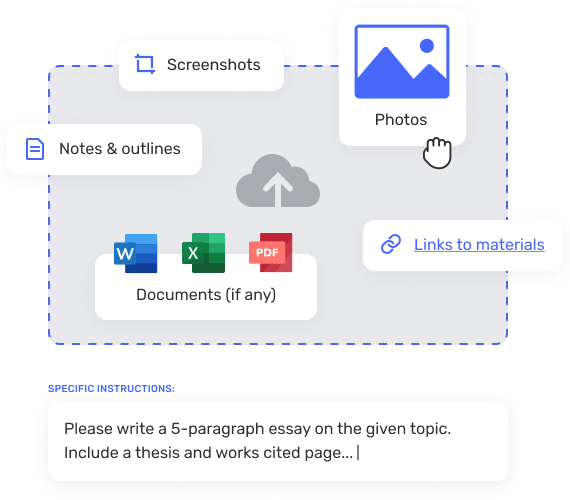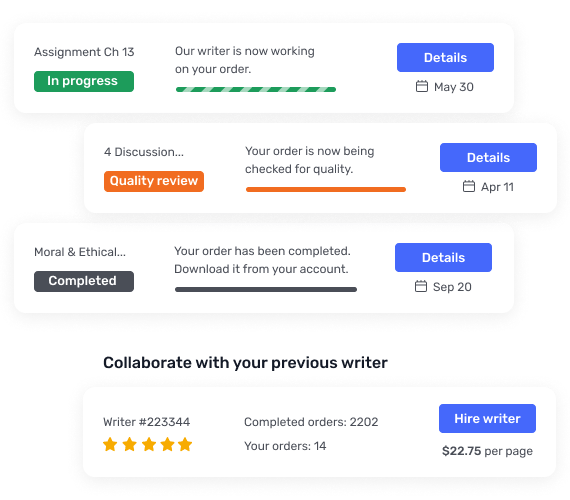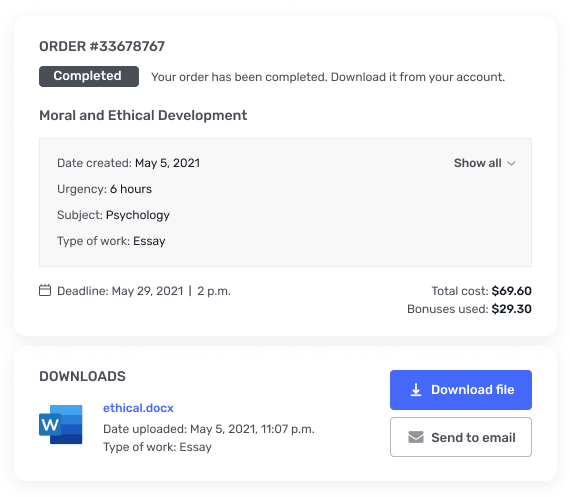Project Management-DRILLING A BOREHOLE IN THE COMMUNITY
For this project, you may choose a
project that is of interest to you, or you may choose to begin planning for
your senior project. When selecting a project, avoid picking one that is either
too big or too small. For example, do not decide to build a new stadium for
your local sports team (too big) or to plant your summer garden (too small).
Create a risk
management plan for your project. To do this, you must create a scope
statement and a WBS for your project.
Perform risk
management planning as defined in the lecture.
Identify risks
for your project, including any issues that may impede or impair the
completion of the project. You must identify at least 15 positive and 15
negative risks.
Prioritize the
risks by performing qualitative risk analysis.
Perform risk
response planning for your project by creating detailed risk response
plans for those risks needing responses. This should include both
proactive responses and reactive contingency plans as appropriate.
Title Page
Table of
Contents
Introduction
Decision Tree
Analysis
Discussion of
Decision Tree
Fault Tree
Discussion of
Fault Tree
Risk Management
Planning
Risk
Identification
Qualitative Risk
Analysis
Risk Response
Planning
Conclusions
Works cited
Create one decision tree and a fault or
event tree that would support the exploration of risk for one of the above
projects. The decision tree must be created to support a major risk-related
decision likely to be faced by the project. The fault or event tree should
offer at a minimum a listing of potential risks and impacts in the event of two
smaller failures. For example, a smaller failure could be the loss of water
pressure or a fire in a construction project rather than examining what risk
was involved with the collapse of the construction project.
Write a discussion of the risks that
supports the fault tree, event tree, or decision tree that has been created.
Make a separate write up for each of these smaller risks associated with the
fault tree or event tree. Your paper should have a general introduction that
should introduce the decision tree and fault or event trees that will be
discussed, and then the paper should have a discussion regarding each tree. The
discussion write-up regarding the identified risks should be from three to five
pages in length. Note that this page length is a guideline and if you find that
your paper supporting the risk tree is longer, there will be no penalty,
because the final assignment will need to be from 15–20 pages in length.
Objective
The goal of the final project is to
select a project and then to create and detail a risk management plan that
would support that project. The final deliverable will consist of a fully
formed risk management plan that would support such a project.
Guidelines
Papers
must be in 10-point font, double-spaced, and must include a cover page,
table of contents, introduction, body of the report, summary or
conclusion, and works cited.
Even though this
is not a scientific-type writing assignment, and is mostly creative in
nature, references are still very important. At least six
authoritative, outside references are required (anonymous authors or web
pages are not acceptable). These should be listed on the last page, titled
Works Cited.
Best
Practices
Body of your
report: Use a header titled with the
name of your project (e.g., The Development of Hotel X—A World Class
Resort). Then proceed to break out the main ideas. State the main ideas,
state major points in each idea, and provide evidence. Break out each main
idea you will use in the body of your paper. Show some type of division
like separate sections that are labeled; separate group of paragraphs; or
headers. You would include the information you found during your research
and investigation.
Summary and
conclusion: Summarizing is similar to paraphrasing
but presents the gist of the material in fewer words than the original. An
effective summary identifies the main ideas and major support points from
the body of your report. Minor details are left out. Summarize the
benefits of the ideas and how they affect the tourism industry.
Work cited:
Use the citation format as specified in the Syllabus.
Three-step
process: Apply a three-step process of
writing: plan, write, and complete.
Outline:
Prepare an outline of your research paper before you go forward.
Start with a
draft: Complete a first draft and then
go back to edit, evaluate, and make any changes required.
Visuals:
Use visual communication to further clarify and support the written part
of your report. You could use risk charts or tables, example graphs,
diagrams, photographs, flowcharts, maps, drawings, animation, video clips,
pictograms, tables, and Gantt charts.




